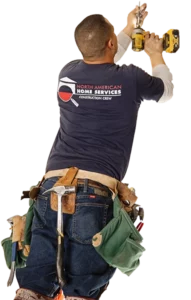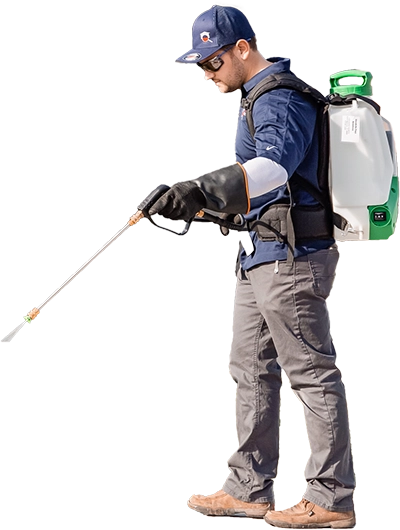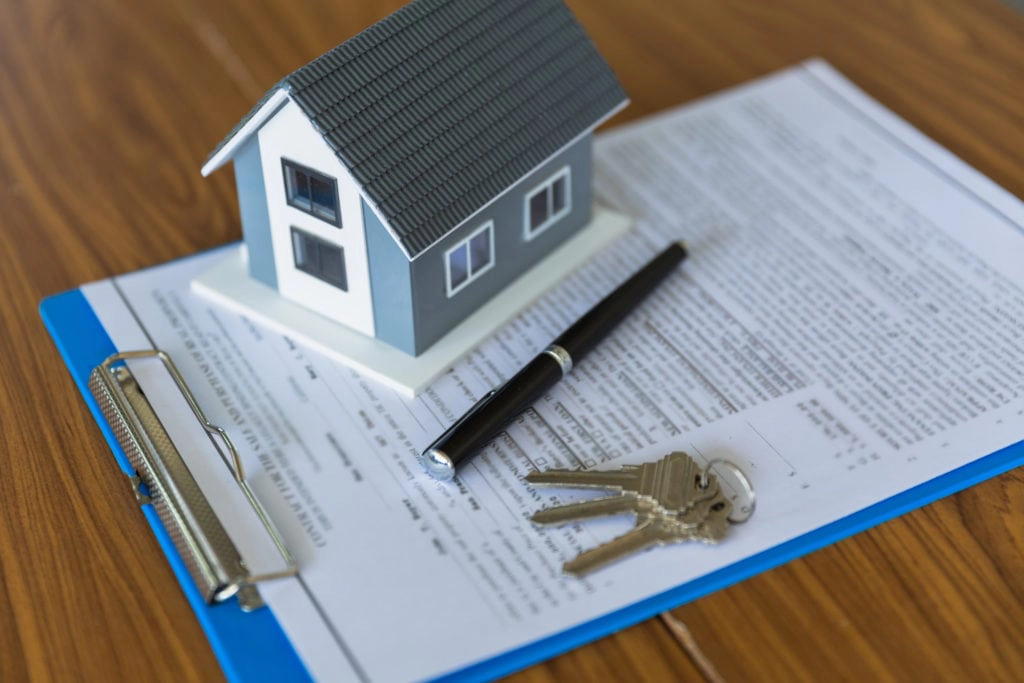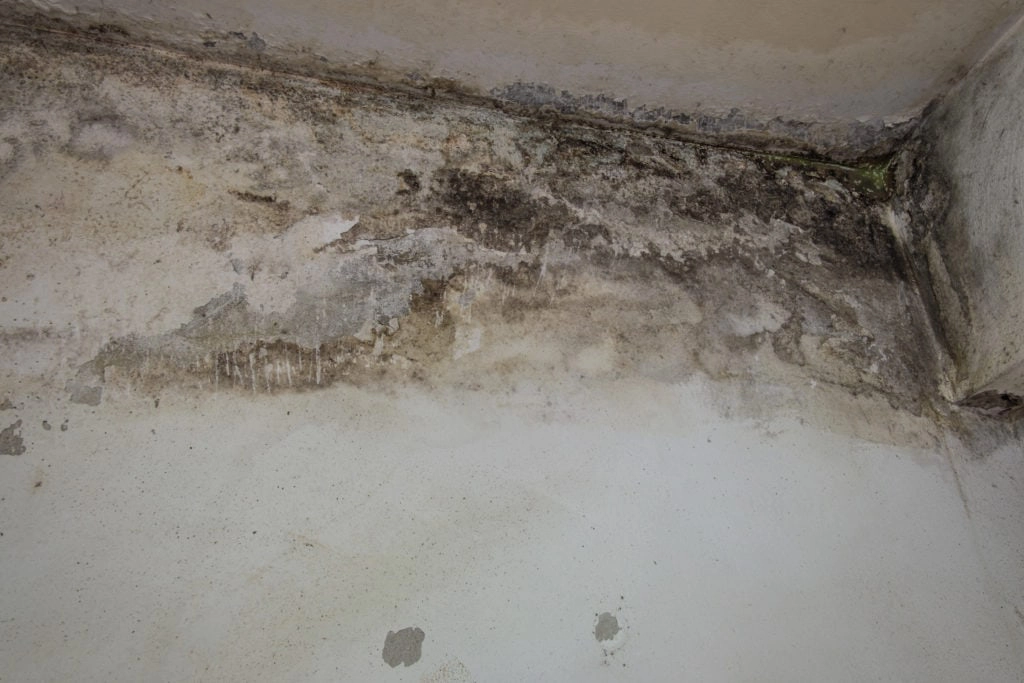Regular swimming pool maintenance is an important part of owning a pool—left unattended, issues resulting from an unmaintained pool pump, plumbing, or pool foundation can be very expensive to fix.
However, even the most fastidious pool owner will have to do some extra cleanup when summertime arrives and it’s time to take your first swim of the season. While some homeowners are inclined to hire a pool cleaning service, many people maintain their pool themselves. The DIY approach requires some skill, as there is a learning curve to understanding what equipment you need and how chemicals work, especially if you’re a first time pool owner. Even if you have been around pools your entire life, determining why the water has turned green or how to unclog the pool pump are seemingly minor issues that can be a real challenge to remedy.
If you’re looking at the warming temperatures and thinking “now is the perfect time for a swim”, then this DIY guide to pool maintenance will allow you to dive into the summertime swim season.
Once the summer heat arrives, it’s time to get the pool ready for use.
Most people open their pool in May, but this depends on the weather in your area. The rule of thumb is to open the pool when the weather becomes warm enough to comfortably swim—this way, you save money on weekly operating costs. After all, there’s no reason to perform full-scale swim season maintenance on your pool if you aren’t ready to use it.
You may be tempted to hire someone to handle the grunt work of cleaning your pool after the long winter break. However, reopening your pool for summer will give you an idea of how it held up over winter, and if there are any specific issues that need to be addressed. You don’t want to invite friends over for a swim only to be caught off guard by a maintenance issue.
Opening a pool for summer use requires:
- Removing the cover
- Assembling the filter system
- Cleaning and testing the water chemistry
- Refilling the water
Removing the cover: If you have a cover, remove it, and clean out any debris in the pool so that it doesn’t infiltrate the filtration system. If you don’t have a cover, you should buy one. Otherwise, you’ll likely spend a good amount of time just skimming months’ worth of leaves and other dirt from the bottom of the pool, and scrubbing away the resulting stains.
Assembling the filtration system: Next, you’ll want to turn your attention to the filtration system. During the winter, the pool pump should run only on occasion: when the outside temperature is below 35°F. When the temperature nears freezing, the pump itself might freeze, something you can avoid by running it when it’s cold. Also, run the pump when there is debris in the pool. This will help with water circulation, which promotes clean water.
It’s important to inspect the pool filter for built up grime from the previous swim season and the winter. If the filter is excessively dirty, be sure to replace it with a new filter. Once a clean filter is in place, turn on the filtration system, including the vacuum, and let it run continuously. Don’t shut it off until the water has been treated and the pH level is correct.
Testing the water chemistry: Use a pH testing kit to determine the water’s pH level. A pH of 7.4 to 7.6 is ideal. A pH that falls below 7.4 means the water is too acidic. It can damage the surface of your pool, cause problems with equipment, and irritate your skin. The same goes for a pH above 7.6, which is water that is too rich in alkaline: it can clog filters, cloud the water, and cause skin irritation.
To correct a pH that is not equal to 7.4, 7.5, or 7.6, you’ll have to follow the directions on the test kit that you purchase. The test kit will have you try different solutions to determine how best to return your water to a pH of 7.4 to 7.6.
Once the pH level is returned to normal, it’s time to shock the pool. Shocking chemicals are meant to return chlorine levels to normal—your pool’s chlorine levels will likely be low after months of disuse. Follow the instructions on the shocking chemical label to add the correct amount. Be sure to wear protective goggles, gloves, and clothes when dumping shock into the pool. Note: Only shock the pool after it has been thoroughly skimmed and surfaces have been brushed. The water needs to be clean for shock to work.
If your pool water is excessively dirty (think green, mucky water), shocking chemicals won’t be enough to fix the problem. Expect to pay a few hundred dollars to get it professionally cleaned.
Refilling the water: Your pool’s water level should be above the skimmer basket. The skimmer basket collects debris from the pool, and cycles the dirty water that it collects through the filter. If the water level is below the skimmer basket, it won’t have enough water to collect, which can damage the filter.
Low water level can be evidence of a pool leak. You can check for a leak by filling a bucket 3/4th full, marking the water line, and leaving the bucket on the ground next to the pool. After a few days, check the water levels in the bucket and pool to compare the evaporation rates. If the pool loses more water than the bucket, you’ll need to hire a professional to locate and fix the leak.
Though it might seem like a long process, preparing your pool for summer should only take a day or two. You’ll have to recheck the water chemistry and the water level a day after you start the opening process, but the other major components should now be good to go.
Clean your pool on a weekly basis for optimal swimming safety.
Regular cleaning on a weekly basis is necessary to keep the water clean and pool components in good shape, especially during summer when the pool is in use.
Experts suggest a weekly cleaning that consists of:
- Skimming
- Vacuuming
- Brushing pool surfaces
- Cleaning filters
- Checking water level
- Balancing pH
- Adding chemicals (when necessary)
- Detecting leaks
Don’t be deterred: though it might seem like a lot of work, it’s just routine cleaning! In reality, these steps only take a few minutes to complete. Skimming the water, for example, should only take five or ten minutes. Even cleaning filters is relatively easy, as all you really have to do is spray the filter down with a garden hose. If it’s too dirty, simply pop in a new filter.
It is really important to pay close attention to the water’s pH and add chemicals when needed. Throughout the summer, water chemistry is likely to change. In fact, leaves, twigs, dirt, and natural skin oils all contribute to varying pH levels. Returning the pH back to normal might require a bit of experimenting to get the chemical level right. Be sure to get a pool water testing kit. You can also take a bottle of your pool water to the local pool shop, and they can help you determine the correct amount of chemical to add to the water.
Temperatures across California are heating up. For those homeowners with a pool, now is the time to prepare for the summer. DIY pool cleaning and general maintenance is achievable with a little effort. If you have questions about pool safety, or if you’re in need of a pool inspection, contact the experts at North American Home Services today!




